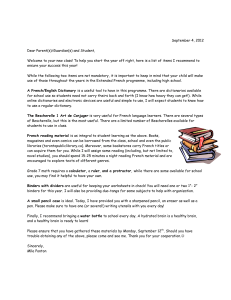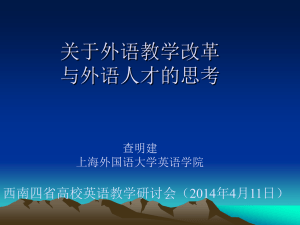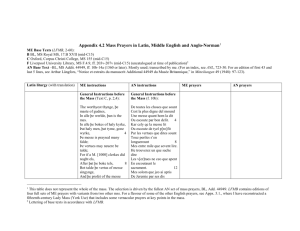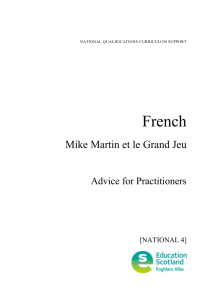here - Leeds Teaching Hospitals NHS Trust
advertisement
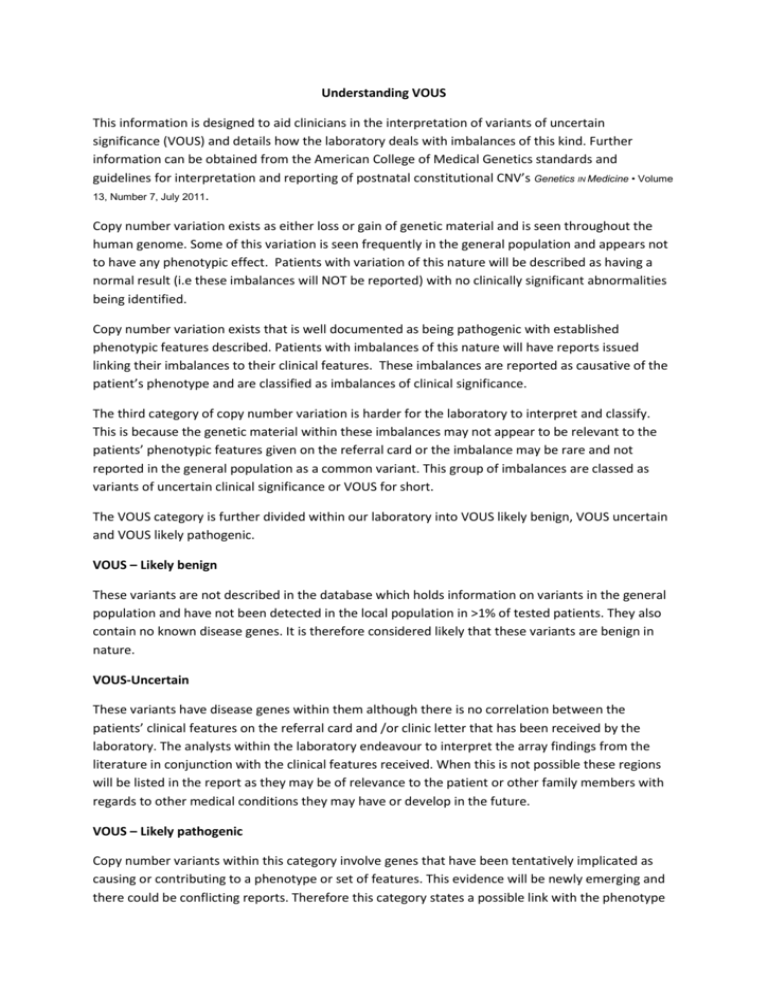
Understanding VOUS This information is designed to aid clinicians in the interpretation of variants of uncertain significance (VOUS) and details how the laboratory deals with imbalances of this kind. Further information can be obtained from the American College of Medical Genetics standards and guidelines for interpretation and reporting of postnatal constitutional CNV’s Genetics IN Medicine • Volume 13, Number 7, July 2011. Copy number variation exists as either loss or gain of genetic material and is seen throughout the human genome. Some of this variation is seen frequently in the general population and appears not to have any phenotypic effect. Patients with variation of this nature will be described as having a normal result (i.e these imbalances will NOT be reported) with no clinically significant abnormalities being identified. Copy number variation exists that is well documented as being pathogenic with established phenotypic features described. Patients with imbalances of this nature will have reports issued linking their imbalances to their clinical features. These imbalances are reported as causative of the patient’s phenotype and are classified as imbalances of clinical significance. The third category of copy number variation is harder for the laboratory to interpret and classify. This is because the genetic material within these imbalances may not appear to be relevant to the patients’ phenotypic features given on the referral card or the imbalance may be rare and not reported in the general population as a common variant. This group of imbalances are classed as variants of uncertain clinical significance or VOUS for short. The VOUS category is further divided within our laboratory into VOUS likely benign, VOUS uncertain and VOUS likely pathogenic. VOUS – Likely benign These variants are not described in the database which holds information on variants in the general population and have not been detected in the local population in >1% of tested patients. They also contain no known disease genes. It is therefore considered likely that these variants are benign in nature. VOUS-Uncertain These variants have disease genes within them although there is no correlation between the patients’ clinical features on the referral card and /or clinic letter that has been received by the laboratory. The analysts within the laboratory endeavour to interpret the array findings from the literature in conjunction with the clinical features received. When this is not possible these regions will be listed in the report as they may be of relevance to the patient or other family members with regards to other medical conditions they may have or develop in the future. VOUS – Likely pathogenic Copy number variants within this category involve genes that have been tentatively implicated as causing or contributing to a phenotype or set of features. This evidence will be newly emerging and there could be conflicting reports. Therefore this category states a possible link with the phenotype and will recommend frequent review of the literature. The laboratory may also recommend patients with this category of VOUS be referred to Clinical Genetic s. The information on the reports is recorded in accordance with national guidelines and so that clinicians who are involved in patient care may themselves review the imbalances and contact the laboratory if they feel that they are clinically relevant. If samples are available the laboratory will validate this category of VOUS results. Please note the laboratory only has funding to validate those imbalances that can be linked strongly or tentatively to the clinical details received. Any copy number variants that are classified as VOUS uncertain or likely benign are not routinely validated by a second technique. As with all array findings, should the significance of a copy number variant change, validation studies would be undertaken and an amended report issued with the updated interpretation. Clinical advice is always available from the Yorkshire Regional Clinical Genetics Department at Chapel Allerton Hospital should it be required.

